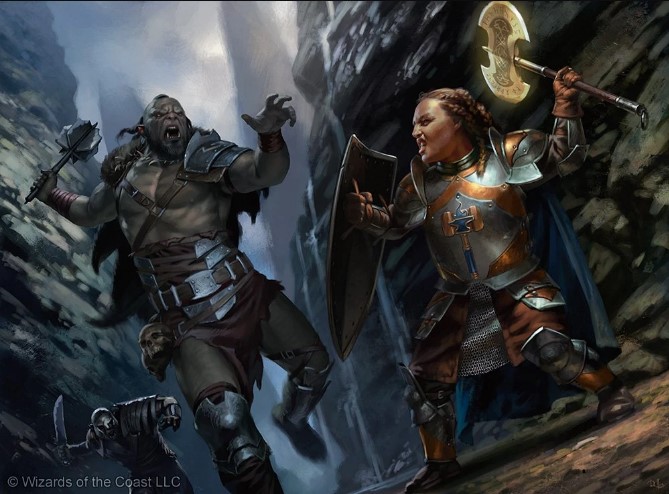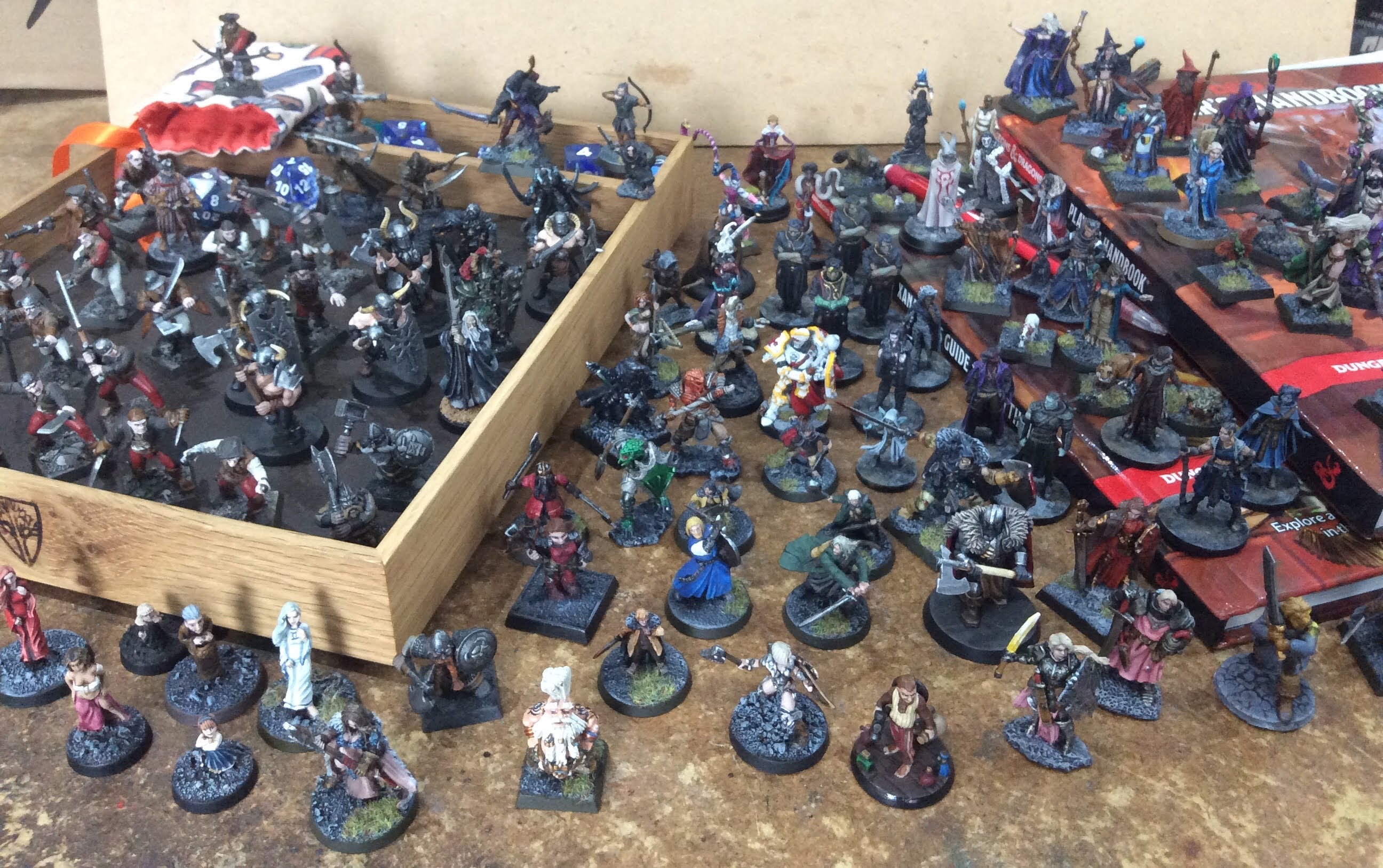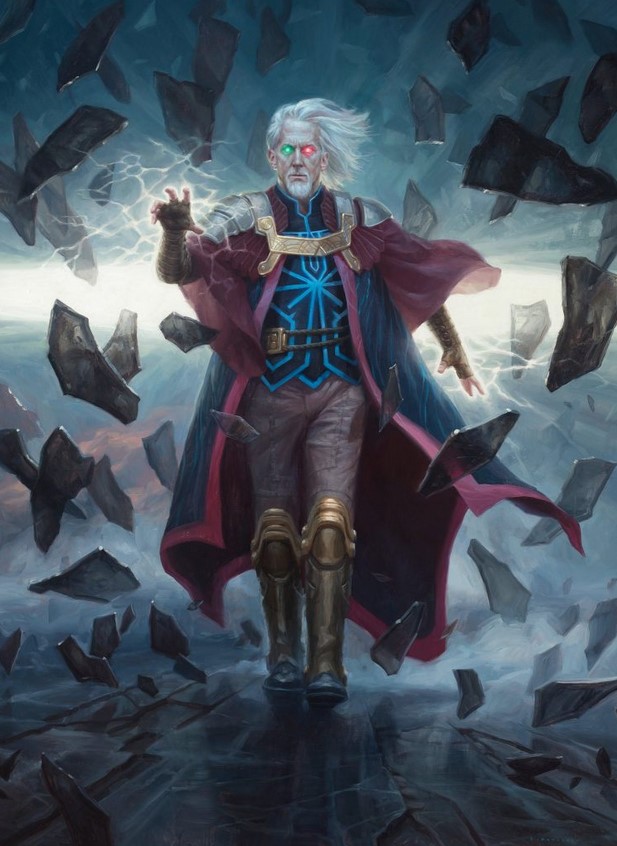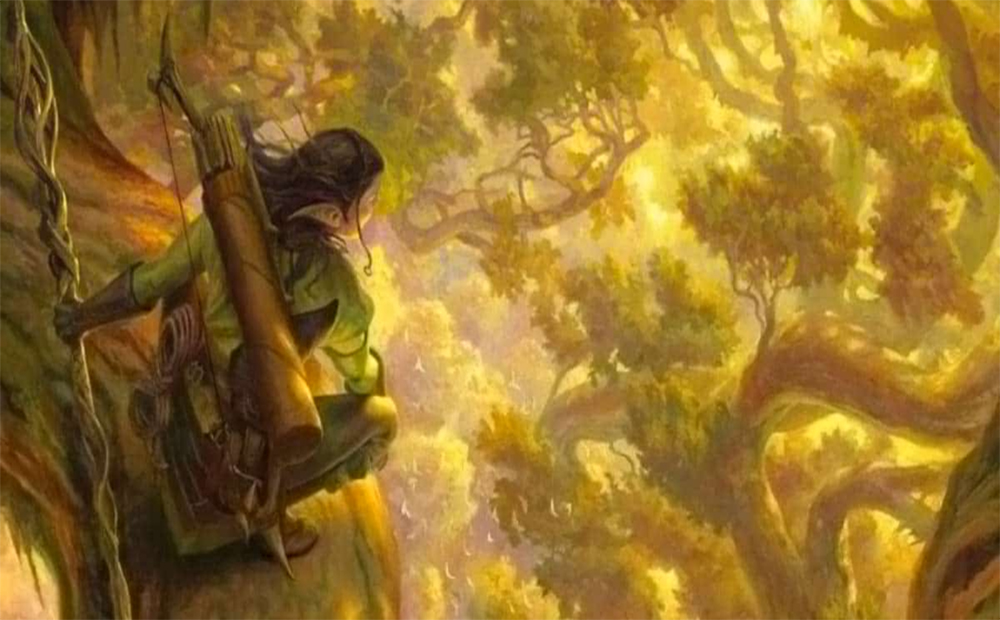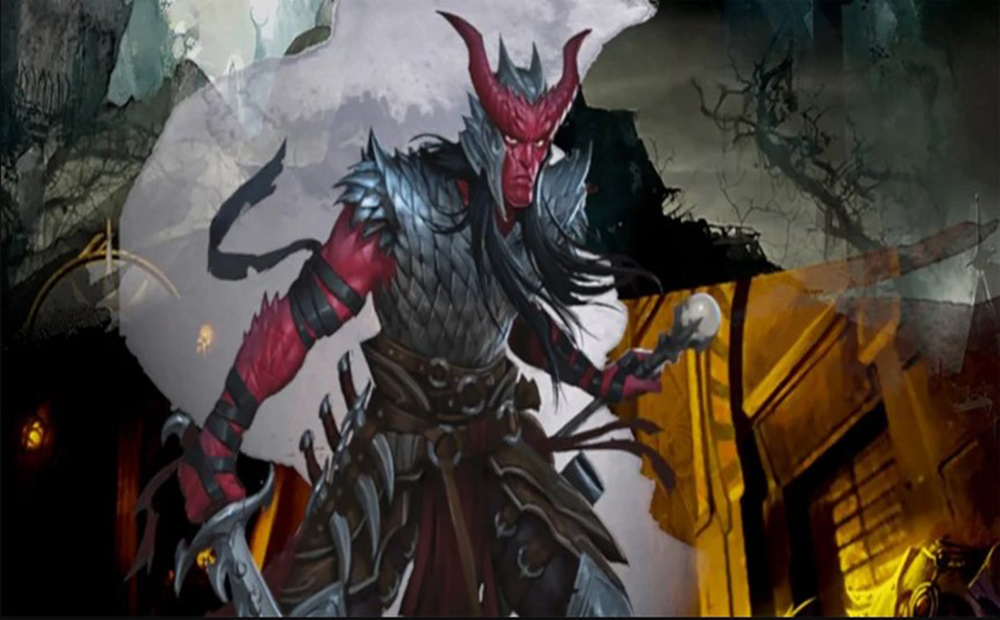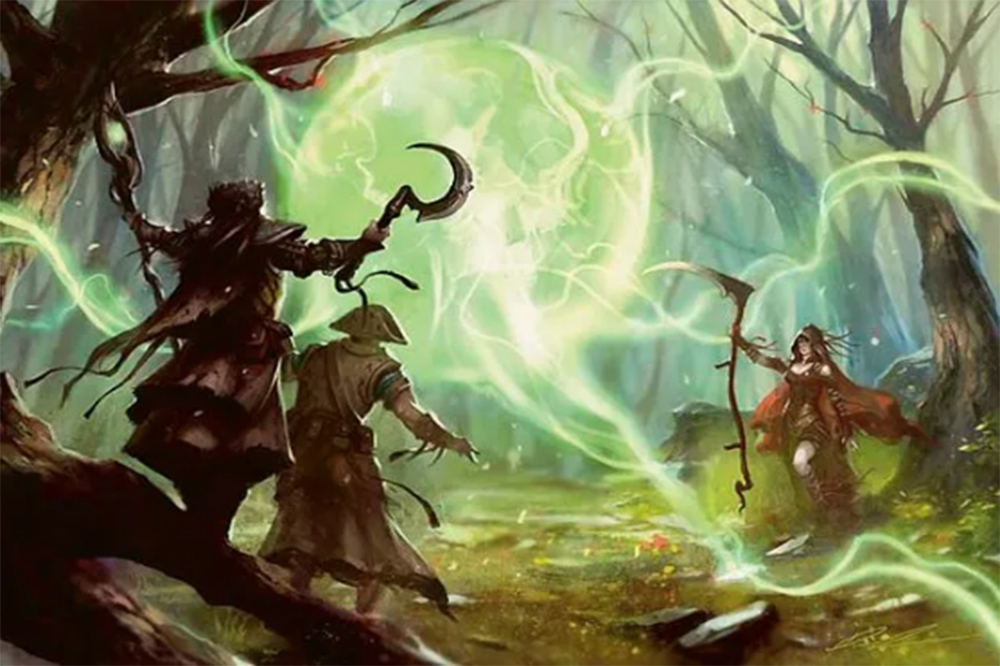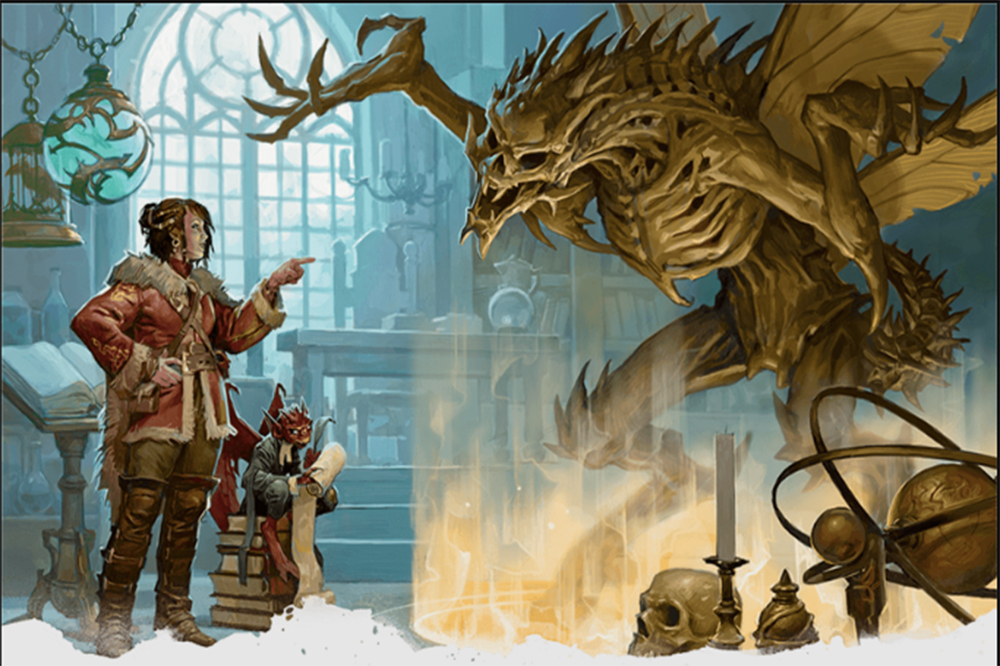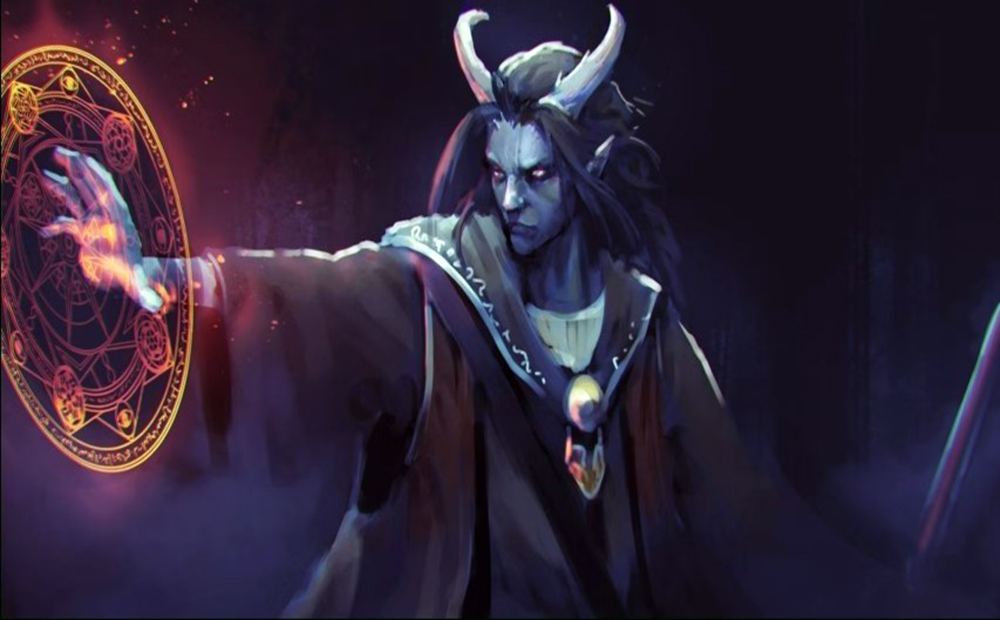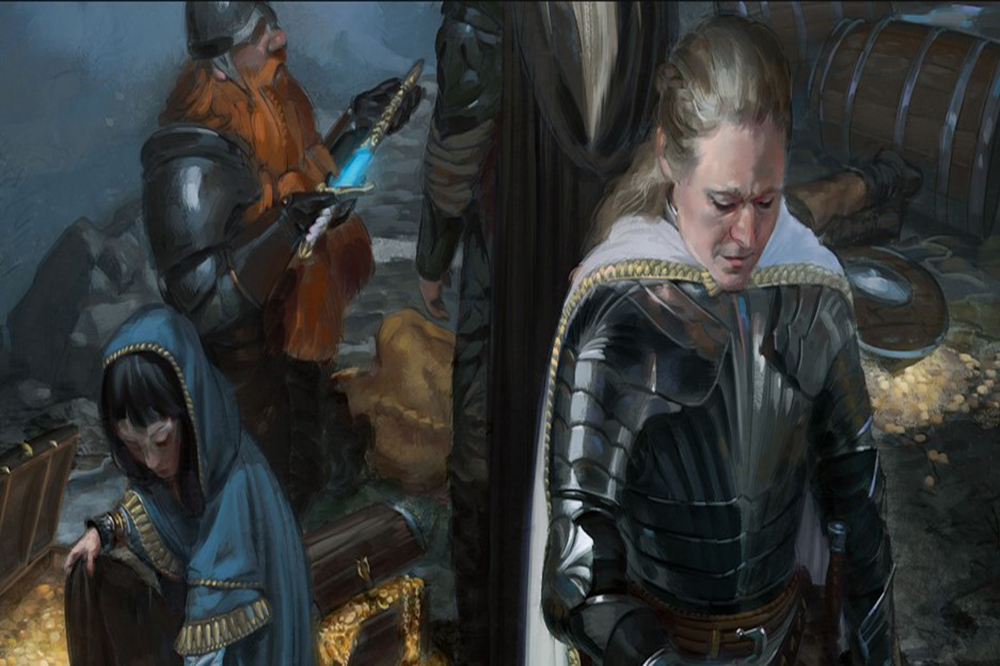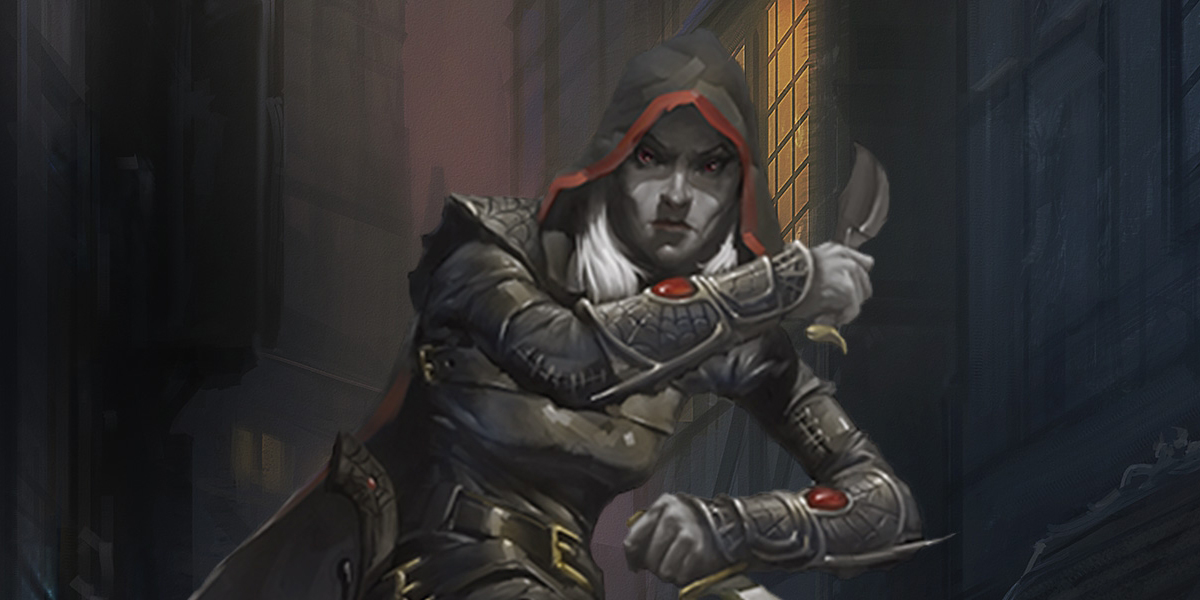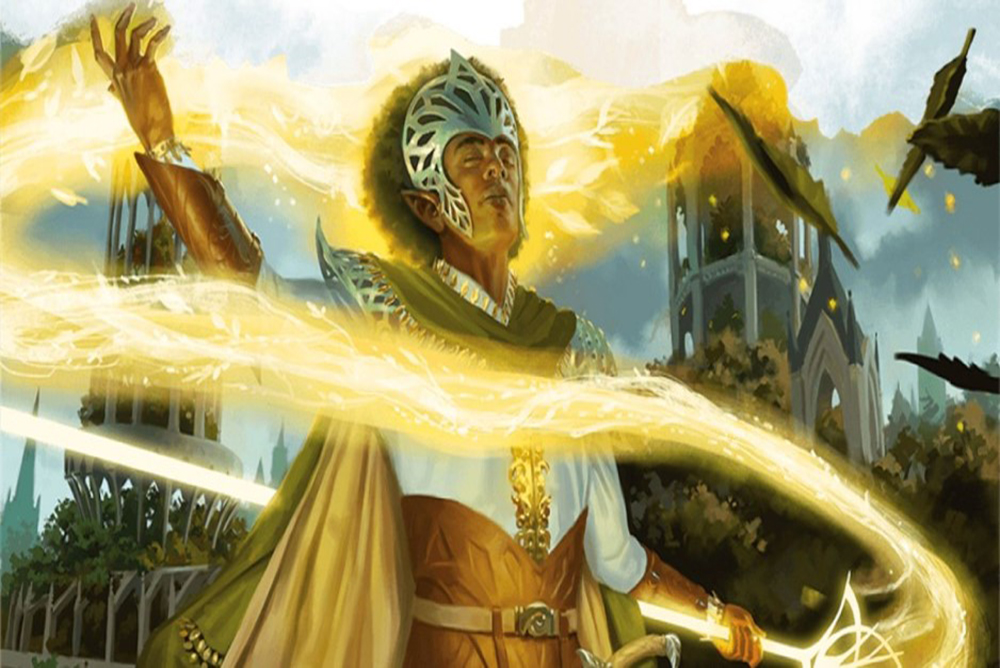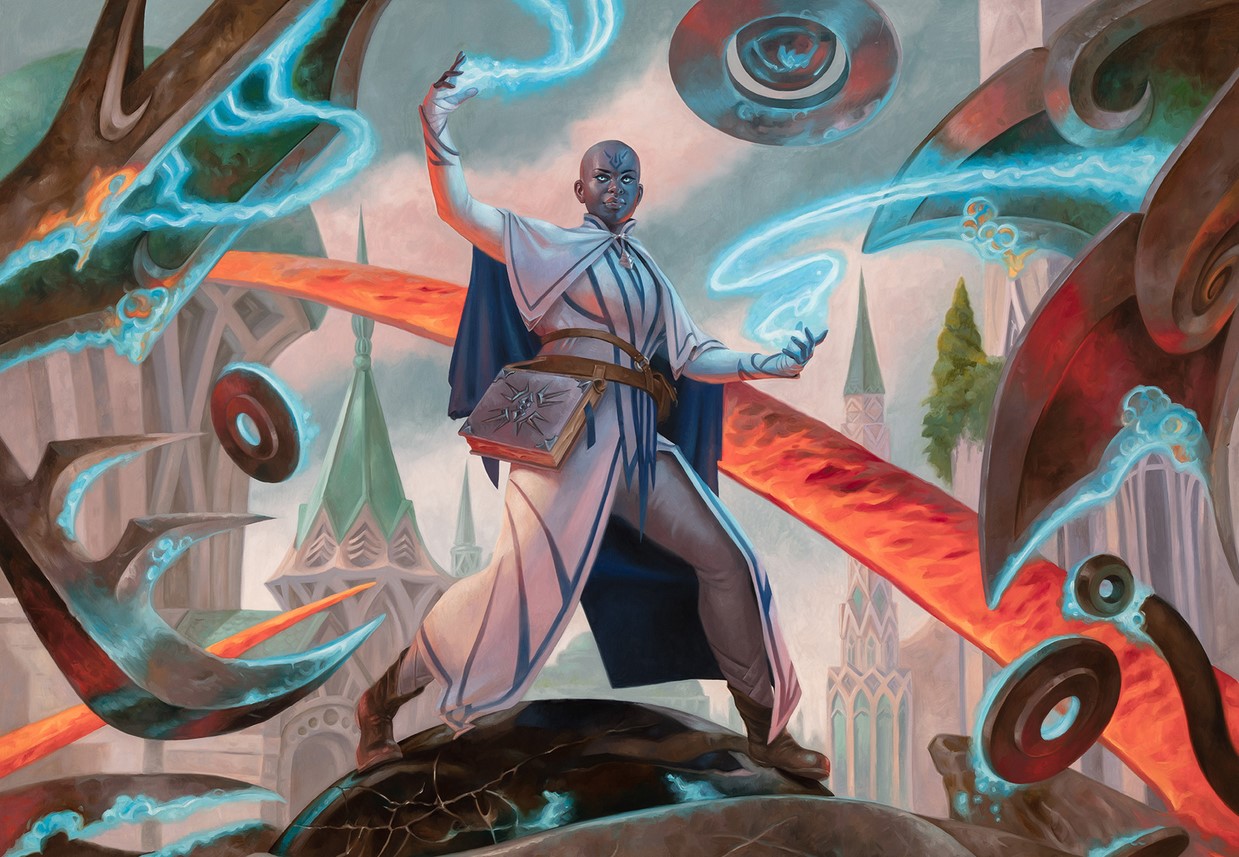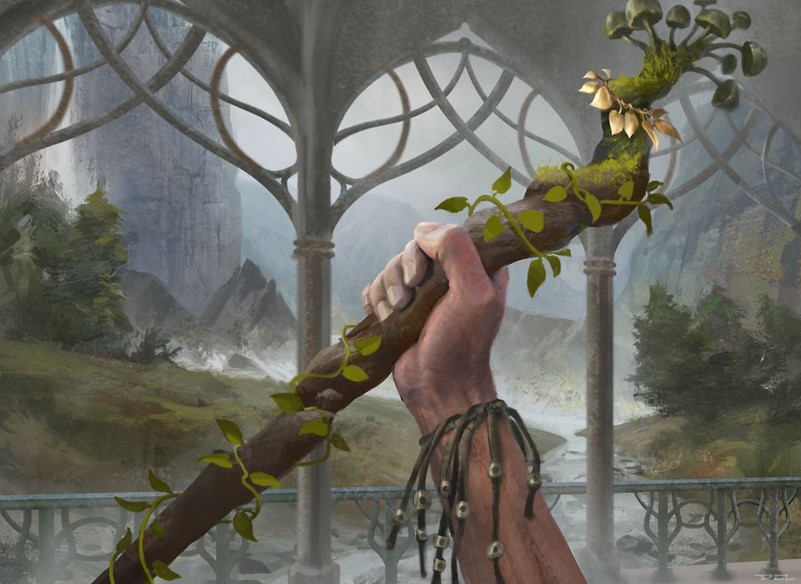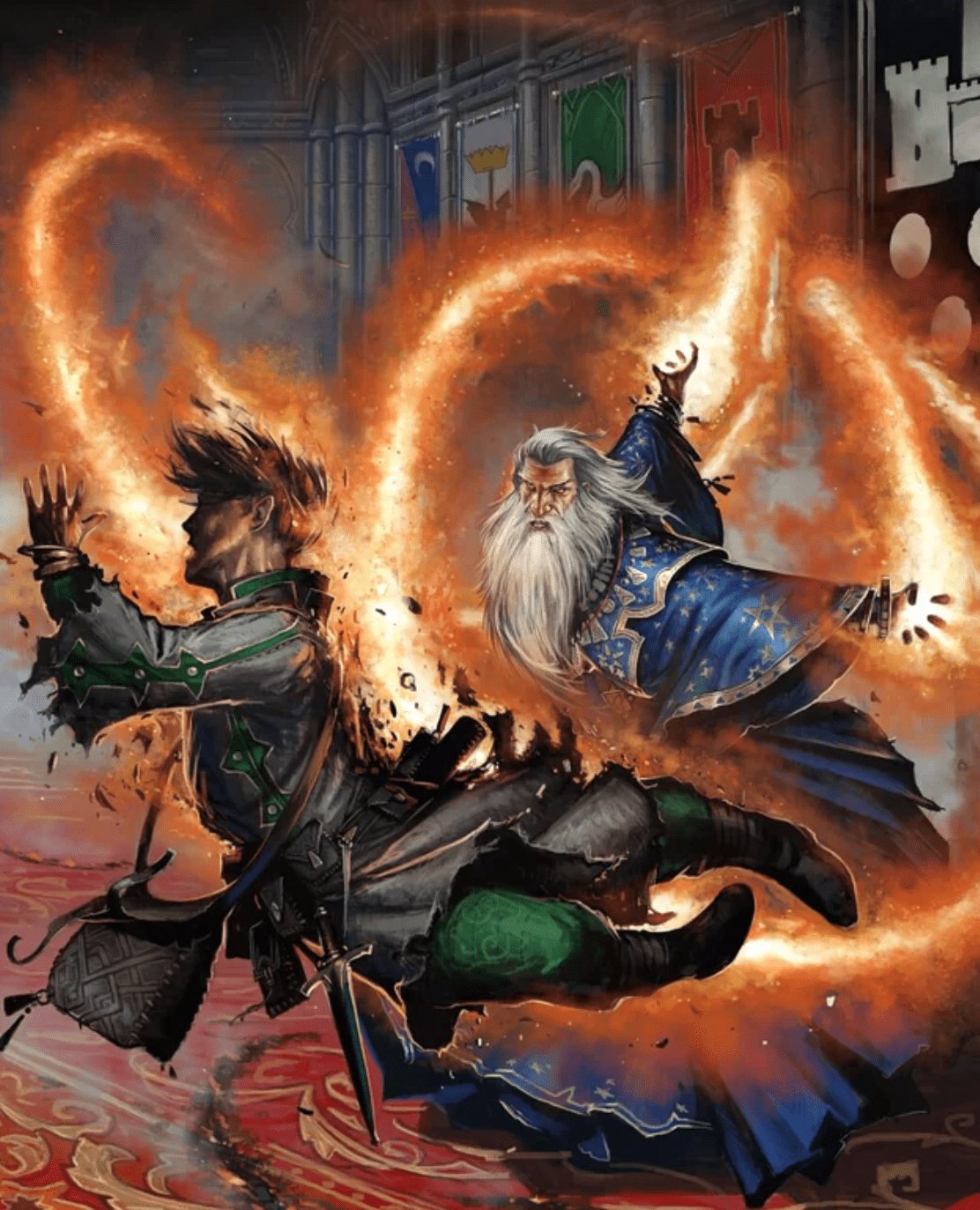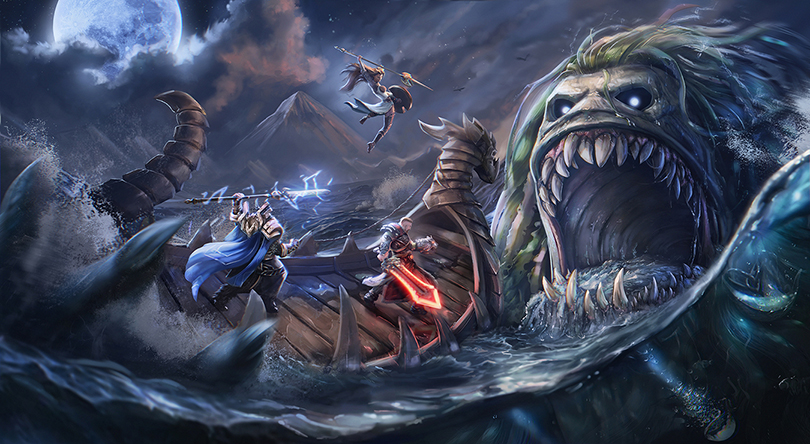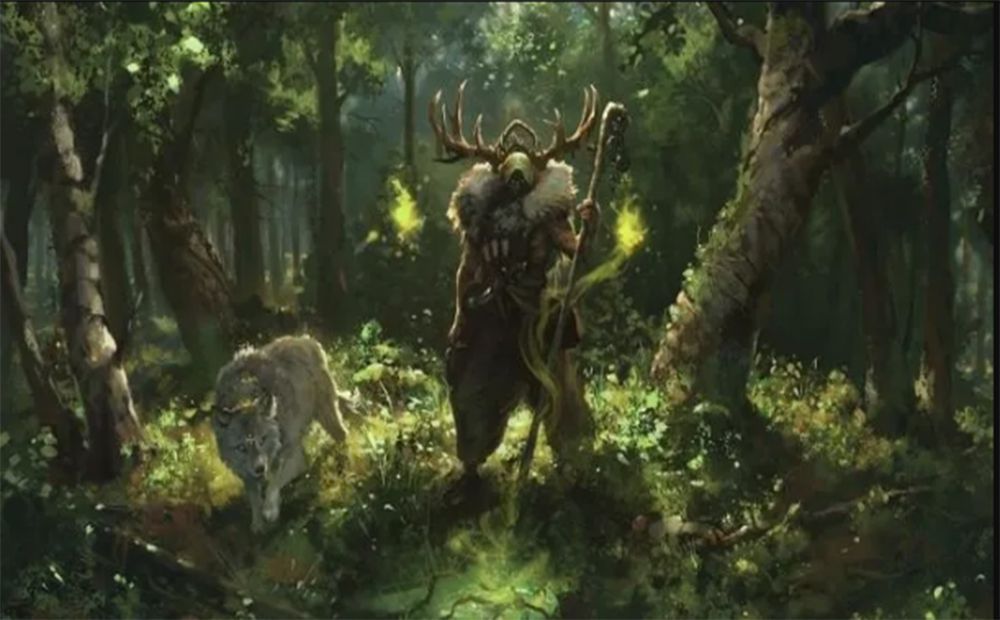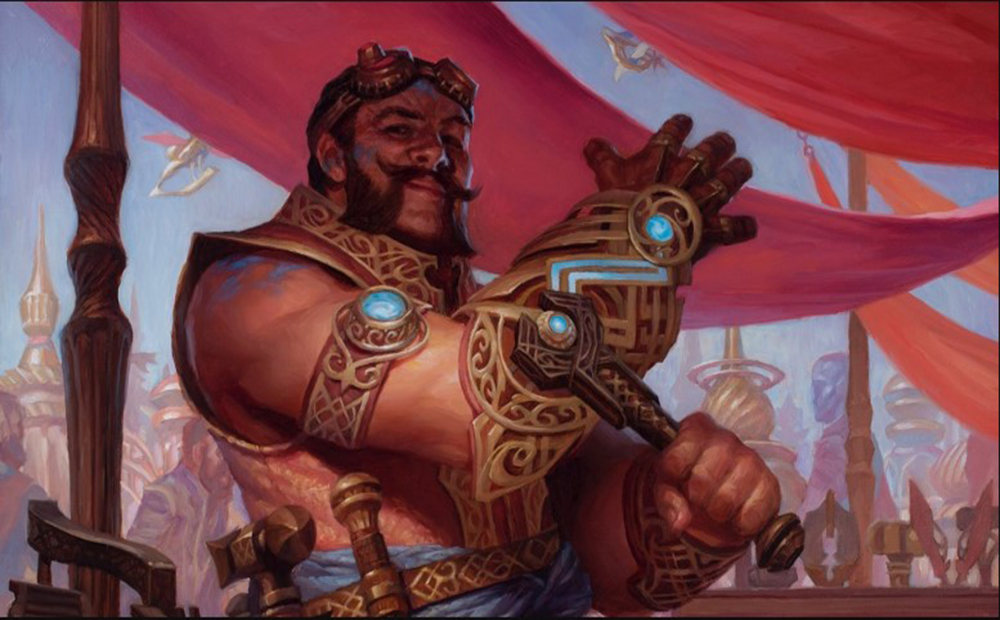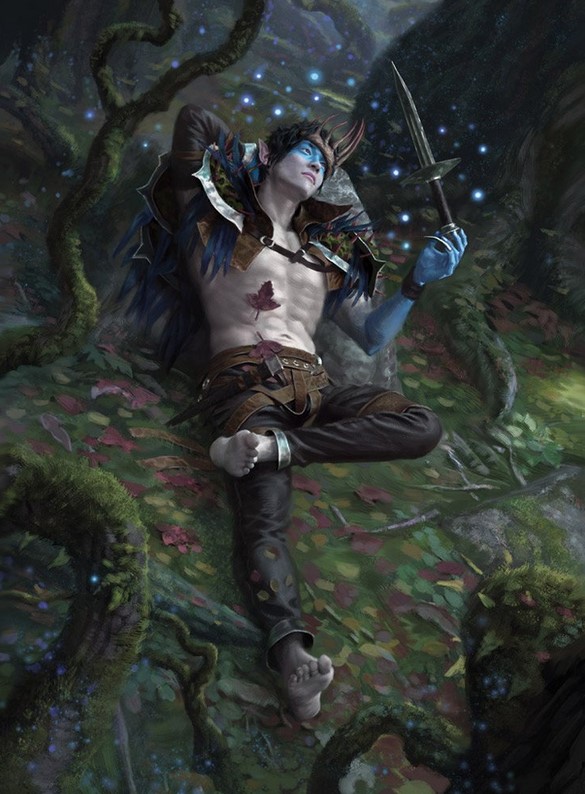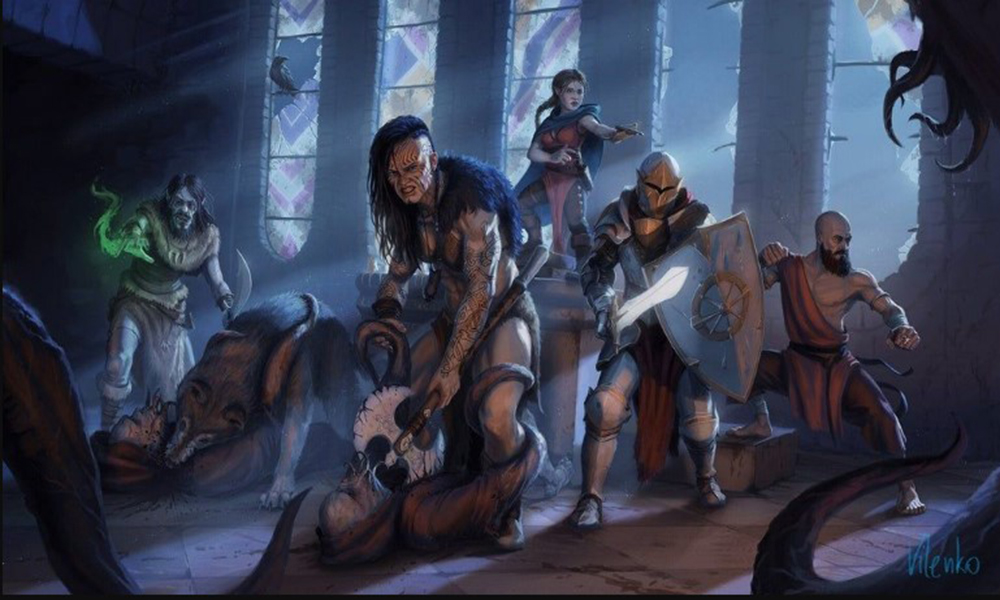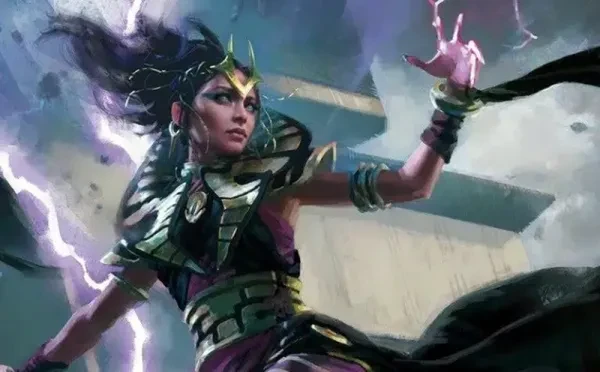
Warlocks are those who are interested in learning the wisdom that is woven into the multiverse's fabric. Warlocks can access magical effects that are both subtle and spectacular by making pacts with enigmatic entities of supernatural power.
Warlocks piece together esoteric truths to increase their power by drawing on the accumulated wisdom of extraterrestrial species.
In the 5th edition of Dungeons & Dragons, warlocks are defined by making pacts with supernatural beings. The concept and mechanics of your character are significantly influenced by the Otherworldly Patron you choose.
While a few subclasses, such as the Archfey and the Genie, mainly offer options to the Warlock's fundamental class features, other subclasses, such as the Celestial and the Hexblade, expand on the Warlock's powers and give them the ability to play new roles in the party.
With all these choices to pick from, it can be daunting to settle for just one. Worry not, we have made a list to help you weigh the pros and cons of each one so you can see for yourself which one you like the most.
Keep in mind that every table is different, and every adventure is bound to favor a certain skill set over another so that all classes can shine given the right circumstances.
9. The Undying
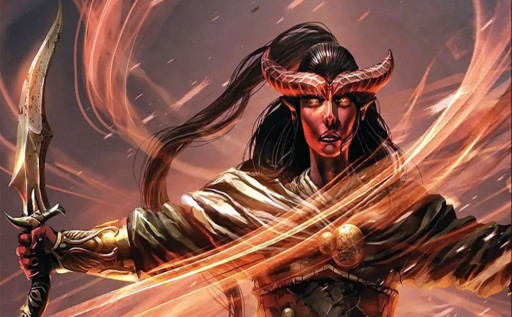
Powerful undead creatures such as liches and undead deities can become patrons known as the Undying.
This subclass tries to make the Warlock resilient, but it doesn't perform much better than other options. The Warlock has extremely few choices for taking proactive action because the most of them are situational and reactionary. You do have a few alternatives for healing, but they are meager in comparison to the Celestial Warlock's Healing Light ability and feel comically poor on their own.
Why the Undying is ok:
- Undead creatures have difficulty harming you, making this a perfect choice for campaigns like Curse of Strahd.
- You get a little extra healing at the 6th level, helping you stay alive longer.
- The expanded spell list is lackluster, yet it can find some use.
Undying details: http://dnd5e.wikidot.com/warlock:undying
8. The Fathomless
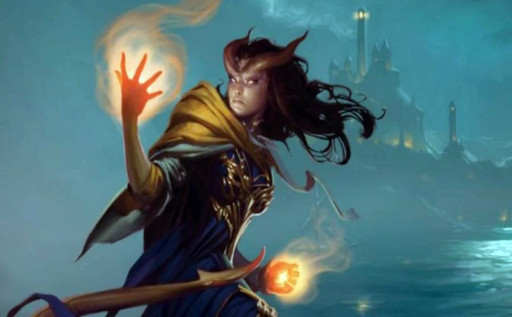
This subclass perfectly captures the idea that your warlock is a servant of some sort of aquatic creature, depending on other considerations, such as your character's race and preferred background, this might be several species.
This is a useful subtype for a campaign on the sea or with little land. In a traditional land-based game, you'll spend a lot of time wishing that you were somewhere else.
I could picture a Fathomless Warlock engaging in combat on a ship's deck or taking on tritons and merpeople while raiding a subterranean dungeon.
The majority of this subclass's most helpful spells and abilities, however, only function in areas with water, which is a disadvantage.
Why the Fathomless is Ok:
- You get access to great Crowd Control abilities that require only your bonus action.
- In a sea-centric campaign, a swim speed is a must-have unless you want to pass a bad time, the fathomless grants you just that and resistance against the most common aquatic threats.
- From braving a storm to fighting on the deck of a ship, your expanded spells can dictate the flow of battle by controlling the terrain.
Fathomless details: http://dnd5e.wikidot.com/warlock:fathomless
7. The Undead
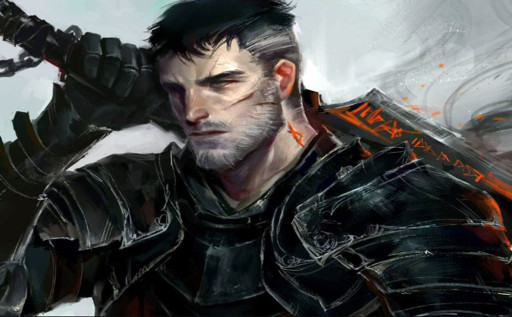
If you want to create a strong spell caster with specialized skills, the Undead is a good choice.
You can also pick feats for ranged and melee weapons if you want to create a warlock that deals some weapon damage, as well as spells that increase your durability in case you need more health points or an AC boost during a battle.
It's a great subclass from a design standpoint. The gameplay and the concept are flawlessly compatible, and the whole atmosphere is eerie.
The subclass also manages complexity nicely, offering only a small number of new resources to keep track of while simultaneously making those resources exciting and valuable, and progressively developing complexity as the player levels up.
Why the Undead is ok:
- Complexity ramps up as you grow in power, making it easy to understand as every power up scales off of the subclass’s core concept.
- It’s set up for a rewarding “blaster-caster” experience while offering plenty of survivability.
- As you level up, mundane survival becomes trivial as you no longer need to eat, drink or sleep.
Undead details: http://dnd5e.wikidot.com/warlock:undead
6. The Great Old One

The Great Old One emphasizes gaining strength from an unknowable source and being appropriately insane among a diverse range of possibilities.
Although many of the abilities are situational and won't be used much, some of them are quite powerful. As a result, the Great Old One Warlock has a spookier vibe than the Fey Warlock but resembles an Enchanter Wizard.
Its patronage initially comes across as underwhelming, but it quickly takes off.
Why the Great Old One is Good:
- Your subclass abilities are geared towards being a team player. You can communicate with others with ease, something you can exploit via role-play.
- From telepathy to spooky charms, you get more non-damaging options that can help you deal with obstacles from various angles.
Great Old One details: http://dnd5e.wikidot.com/warlock:great-old-one
5. The Celestial
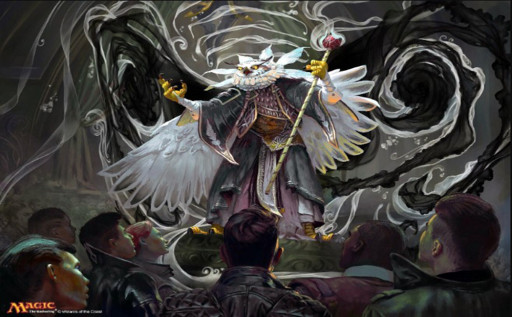
A strong creature from the Upper Planes, the Celestial is ideal for those who want to be clerics but don't want to engage in any tedious devotion and prayer.
The Celestial presents three alluring possibilities: the use of a few cleric spells, access to a supply of quick hit point restoration, the and use of a few radiant/fire damage sources.
Unfortunately, it isn't particularly good at either. The radiant/fire damage options will still be inferior to your basic Warlock options, and the cleric's spell selection is so constrained that they are only useful if you don't have access to a real divine spellcaster or if your divine spellcaster has an issue with unconsciousness.
Why the Celestial is Good:
- You get access to unique healing no other warlock does.
- From healer, to support, to undead slayer, you can fit any niche your party requires.
- You can subvert the usual tropes surrounding warlocks when it comes to role play by taking a kinder route with your patron.
Celestial details: http://dnd5e.wikidot.com/warlock:celestial
4. The Archfey
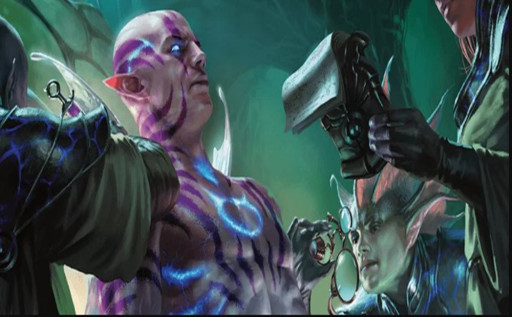
Powerful fey lords are the ideal Patrons for Warlocks who desire to tap into the seductive forces of the Feywild. The Archfey is a helpful patron in and out of the battle because the majority of subclass skills allow the Warlock to enchant or intimidate enemies.
Focused on trickery, charm, and illusion. This subclass offers several practical choices.
However, there are difficulties with illusions, enchantments, and fear effects because resistance and immunity to those effects are frequent.
You'll need to broaden your skills to prevent running across anything brainless from leaving you with no other viable options other than spamming Eldritch Blast.
Why the Archfey is Good:
- You can reduce significant threats to allies thanks to your enchanting demeanor.
- This subclass is perfect for political intrigue campaigns, you can reach bard levels of absurdity when it comes to charming, influencing, and lying to others.
Archfey details: http://dnd5e.wikidot.com/warlock:archfey
3. The Hexblade
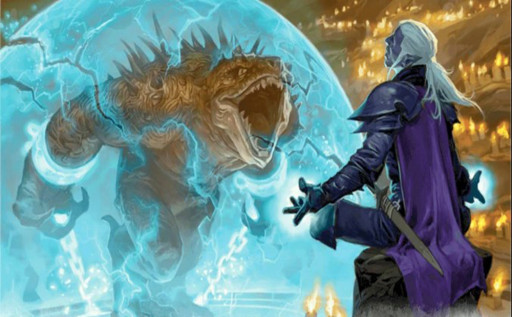
expresses itself in sentient magical weapons. The additional proficiencies for medium armor, martial weapons, and shields are this subclass's finest general skills.
Warlocks' weapon attacks can additionally take the Charisma modifier, which makes them roughly as effective as those made by classes that prioritize strength or dexterity.
The Hexblade has a lot to offer beyond simple skill increases.
Why the Hexblade is Great:
- Unlike most “gish” classes, you scale solely off of Charisma, making this the most efficient single-ability-dependent build.
- The Hexblade is a terrifying threat with a weapon when its features, including its expanded spell list, are used in tandem.
- You don’t need to rely solely on magic to solve a problem. Even if you find yourself in an anti-magic situation, your blade will not betray you.
Hexblade details: http://dnd5e.wikidot.com/warlock:hexblade
2. The Genie
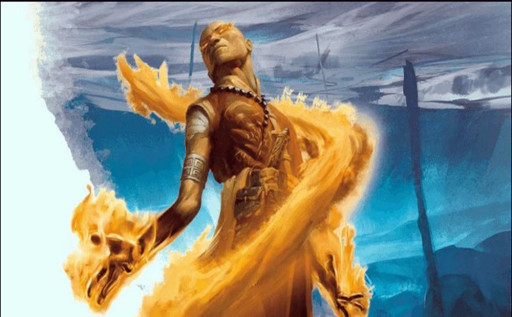
The Genie is an example of striking a pact with a morally dubious being. It is one of the more recent additions to the Warlock subclasses in the D&D universe.
The Genie is a beautiful Warlock spellcasting-focused choice that is fantastic.
However, a lot of the spell possibilities and class characteristics demand that you put in the effort to come up with original uses for them. This is a fantastic option for an experienced player, but if you don't understand the system well, you might do better with another subclass.
Why the Genie is Great:
- You get an on-demand condo. Your vessel works as a perfect resting spot. Ingenious players might get smuggled into, and out of, precarious situations this way.
- Depending on your genie choice, you can get a reliable source of damage to quickly put down your foes.
- When used creatively, your expanded spells and class features con punch way above your weight class.
Genie details: http://dnd5e.wikidot.com/warlock:the-genie
1. The Fiend
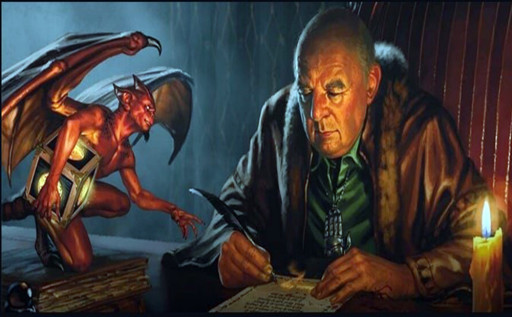
The Fiend is straightforward and powerful, offering largely offensive options that increase the Warlock's capacity for killing things while also providing some incredibly strong defensive options. Consider choosing the Elemental Adept feat since the Fiend is mostly a blaster that relies on fire damage.
Every short rest, you get the power to add 1d10 to an ability check or saving throw, and you can select a damage resistance that is appropriate for the situation.
Any disciple of The Fiend will stay alive in battles with numerous enemies because of the temporary hit points obtained from slaying foes. And, even though it can only be used once every long rest, you can cause tremendous mental damage, and taking out a single enemy from the fight for a turn is fantastic at high levels.
Why the Fiend is Great:
- You can inflict large amounts of elemental damage in quick succession.
- Unlike other classes, the more damage you deal, the longer you stay alive, thus you can burn your foes to a crisp with wild abandon.
- All in all, instead of diversifying too much, the fiend focuses on doing one thing better than anyone else. With this patron, you can terrorize the battlefield with simple, straightforward yet effective abilities.
Fiend details: http://dnd5e.wikidot.com/warlock:fiend
You May Also Like:
[Top 100] Good D&D Cleric Names You Can Use
[Top 100] Good D&D Fighter Names You Can Use
[Top 100] Good D&D Elf Names You Can Use
[Top 15] D&D Best Puzzles To Make Your Campaign Fun
D&D Best Ranger Subclass (All Ranger Subclasses From Weakest To Strongest)

